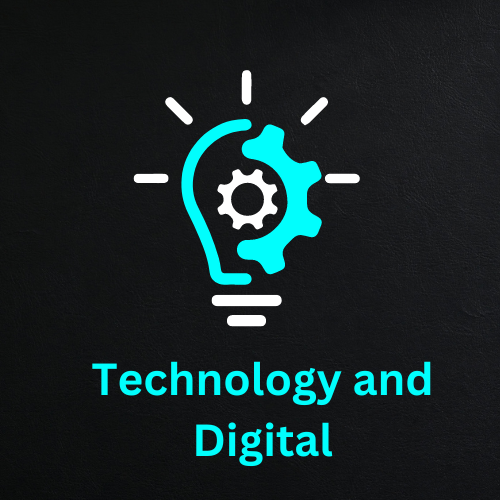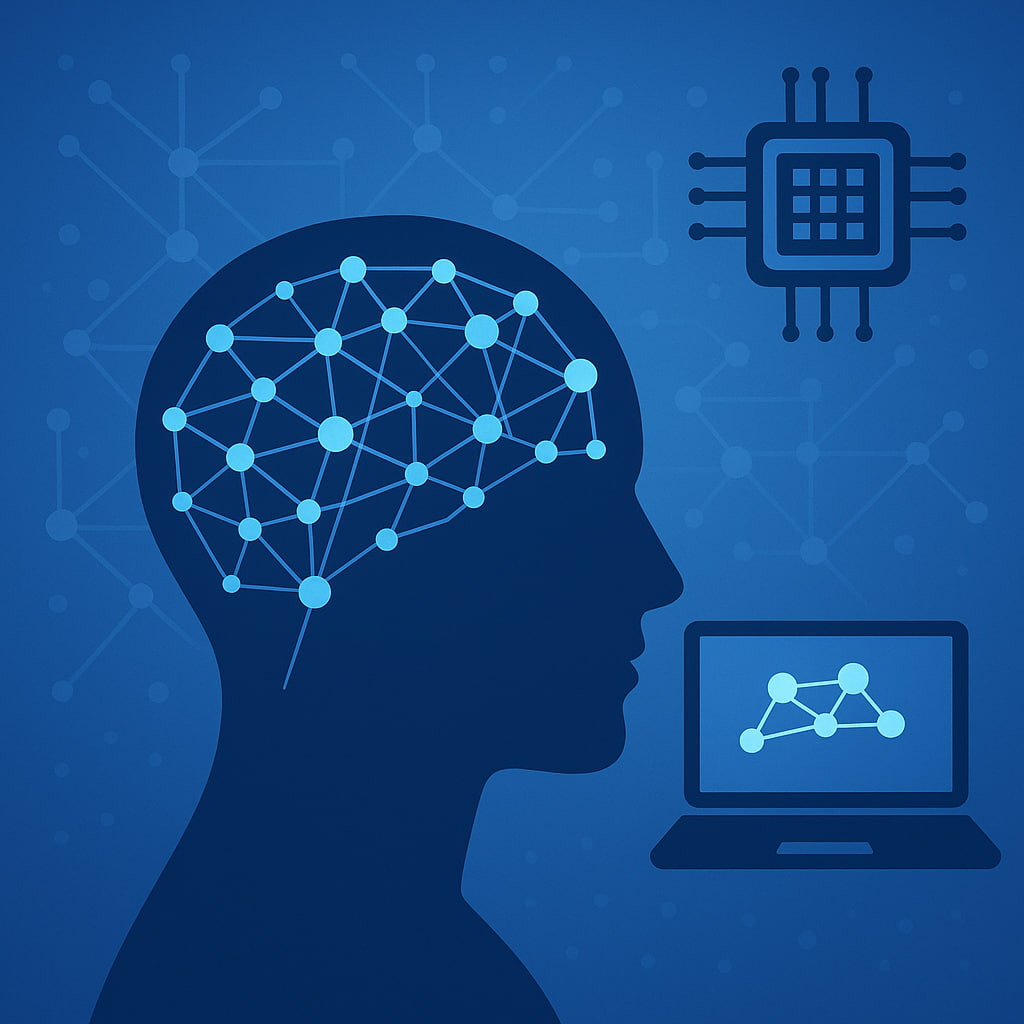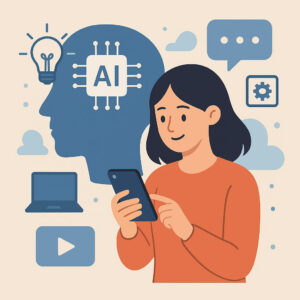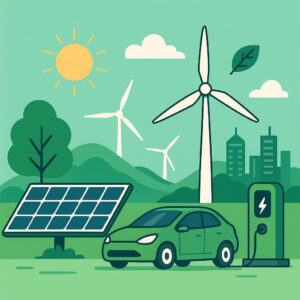A Survey on Deep Learning and Its Applications
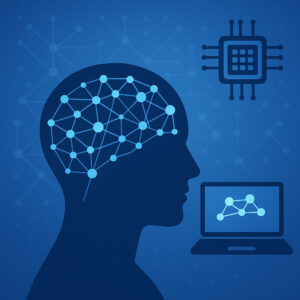
In recent years, deep learning has transformed from a niche research topic into a driving force behind countless technological innovations. From self-driving cars to intelligent voice assistants, deep learning powers the tools and services that shape daily life. But beyond its visible impact, understanding its foundations and diverse applications can be both fascinating and empowering for tech enthusiasts. This article explores the landscape of deep learning, its breakthroughs, challenges, and practical ways to engage with this cutting-edge technology.
Understanding Deep Learning: A Brief Overview
Deep learning is a subset of machine learning inspired by the human brain. It involves neural networks with multiple layers (hence “deep”) that learn patterns from large amounts of data. Unlike traditional algorithms, deep learning models improve as they process more data, discovering subtle patterns and complex relationships that humans often overlook.
Imagine teaching a computer to recognize handwritten digits. Traditional programming might require specifying every rule. Deep learning, however, allows the system to learn directly from thousands of examples, refining itself until it achieves remarkable accuracy. This ability to “learn from experience” is what makes deep learning revolutionary.
Practical Tip: Start with publicly available datasets like MNIST or CIFAR-10 to experiment with neural networks. These small datasets provide hands-on experience without needing massive computing resources.
Key Applications of Deep Learning
1. Computer Vision
Computer vision has been one of the most visible success stories of deep learning. Neural networks can now identify objects, faces, and even emotions from images and videos. Applications range from medical imaging—where AI detects early signs of disease—to autonomous vehicles that navigate city streets in real-time.
Recent trends include transformer-based models in vision tasks, which enhance image recognition and even allow AI to generate realistic images from text prompts. Tech enthusiasts can explore tools like OpenCV and PyTorch to build their own vision models.
Practical Tip: Experiment with pre-trained models like ResNet or YOLO to see immediate results. Fine-tuning these models for personal projects provides insight into both the power and limitations of deep learning.
2. Natural Language Processing (NLP)
Deep learning has revolutionized how machines understand language. From chatbots that simulate conversation to advanced translation systems, neural networks have achieved unprecedented accuracy in understanding and generating text.
Models like GPT and BERT exemplify the power of deep learning in NLP. They can summarize documents, answer questions, and even compose creative text that feels human-written. This progress opens up opportunities for developers, writers, and innovators alike.
Practical Tip: Start experimenting with language models via platforms like Hugging Face. Try creating a chatbot or summarizing articles automatically to grasp the real-world applications of deep learning.
3. Speech Recognition and Audio Processing
Voice-activated technologies such as Siri, Alexa, and Google Assistant rely heavily on deep learning. Neural networks can transcribe speech to text, detect emotions from tone, and even generate realistic human voices.
Recent innovations include AI-generated music and real-time translation services. Deep learning is making audio processing not just accurate, but creatively expressive.
Practical Tip: Use open-source frameworks like TensorFlow or PyTorch to create simple voice recognition projects. Even small experiments highlight how audio features can be extracted and processed using deep learning.
4. Healthcare and Biotechnology
Deep learning’s impact on healthcare is profound. AI models can predict disease outbreaks, analyze medical images, and even assist in drug discovery. For instance, neural networks have helped identify potential compounds for new treatments faster than traditional methods.
This integration of deep learning with biotechnology is not only saving time and resources but also improving patient outcomes, making healthcare smarter and more responsive.
Practical Tip: Explore open-access datasets like those from NIH or Kaggle for medical image analysis projects. Ethical handling of medical data is essential, but experimenting on anonymized datasets can provide valuable learning experiences.
Challenges and Considerations in Deep Learning
While deep learning is powerful, it comes with challenges. Neural networks require vast amounts of data and computational resources. Models can be black boxes, making it hard to interpret their decisions. Additionally, biases in training data can propagate into predictions, raising ethical concerns.
Emerging solutions include techniques for model interpretability, energy-efficient architectures, and methods to reduce data dependency. For tech enthusiasts, understanding these challenges is as important as celebrating the successes.
Practical Tip: Start small and focus on one type of application. Learning to debug models, visualize activations, and evaluate performance is a crucial skill that often goes overlooked in the excitement of deep learning breakthroughs.
The Future of Deep Learning
Looking forward, deep learning will continue to evolve rapidly. Integration with other technologies, such as edge computing, IoT, and quantum computing, promises to unlock capabilities previously thought impossible. Expect smarter AI assistants, more personalized healthcare solutions, and autonomous systems that interact seamlessly with humans.
For tech enthusiasts, staying informed about new research papers, attending webinars, and experimenting with cutting-edge models will provide both inspiration and practical skills. The world of deep learning is not just about algorithms—it’s about reshaping reality with intelligence that learns and adapts.
Conclusion
Deep learning is more than just a buzzword. It represents a transformative approach to solving complex problems by allowing machines to learn from data in ways that mimic human cognition. From computer vision to healthcare, its applications are expanding rapidly, offering endless opportunities for exploration and innovation.
What’s your experience with deep learning? Have you tried building a model, experimenting with data, or applying AI in real-world projects? Check out the resources below, start small, and share your insights in the comments!
Recommended Resources:
- TensorFlow – Deep learning framework for beginners and professionals
- PyTorch – Flexible and powerful library for neural networks
- Hugging Face – NLP models and datasets
